Learn : Food & Nutrition
Maltese with Skin Allergies
Vigorous and gentle, the versatile Maltese dog can just as easily be found lounging in her pet parent’s lap as she can racing around an agility course. Renowned as a fantastic family companion, therapy dog, and athlete, the Maltese charms everyone she meets. This elegant toy breed dog is recognizable on sight by her striking, silky white coat matched only by her delicate personality.
An ancient breed favored by royalty, the Maltese is not exempt from skin allergies that affect many other dog breeds as well. Environmental and contact allergies, as well as food intolerances, are often responsible for skin allergies in the Maltese dog.
The Maltese Coat Type
The Maltese’s coat is white, straight, and silky, often falling to the ground. Because the Maltese lack an undercoat, this breed sheds minimally, but still requires frequent brushing to prevent tangles and mats. Without regular care, mats can cause skin lesions and infections to develop. Many Maltese dogs require weekly bathing to keep their white fur bright and clean of dirt.
Susceptibility to Skin Allergies
Like most other dog breeds, the Maltese is sensitive to environmental allergens and is prone to developing a common skin condition, atopic dermatitis. House dust, molds, inhalant allergens, and epidermal allergens are typically responsible for most Maltese skin allergies. Other environmental causes that cause atopic dermatitis in the Maltese are of the insect variety. Fleas, mosquitoes, and cockroaches can often provoke skin allergies in this breed as well.
A final potential cause for skin allergies is the existence of a food allergy, a condition that some Maltese can develop. In this situation, the body’s inflammatory reactions to certain foods manifest in a variety of skin allergies from dandruff to oily skin to skin lesions and open sores.
Allergy Locations on the Maltese
If your Maltese has skin allergies, you may see a wide array of conditions on your dog’s body. Typically, the face, nose, ears, muzzle, sides, stomach, legs, and paws are common locations for allergic reactions to occur. A Maltese with allergies may be continuously seen itching or chewing at itchy areas of her body or rubbing her face. Frequent self-trauma can lead to skin damage, open wounds, lesions, and hot spots. Without appropriate medical treatment, these allergy sites can become secondary yeast or bacterial infections.
The Maltese may also develop bumpy rashes on dry, scaly, irritated skin. The eyes and ears are also places highly susceptible to allergy attacks. Maltese are prone to runny eyes even without an allergy, and they are more likely to develop ear infections prompted by allergic inflammations. Keep a close eye on your Maltese’s ears for strong, unpleasant odors, redness, or dirtiness that may indicate the presence of an infection.
The Connection Between Skin and Food Allergies
The Maltese breed is susceptible to developing food allergies that often appear as skin allergies. Research shows that atopic dermatitis is often associated with food allergies in the Maltese breed. In many cases, a Maltese who suffers from an environmental allergy may be prone to developing a food allergy as well.
In most cases of food intolerance, an animal protein is to blame; usually, chicken or beef are primary causes, although some Maltese may be allergic to eggs, milk, corn, or soy. It is common for many dogs with food allergies to have gastrointestinal issues along with skin allergies.
Treatment Options
Over-the-counter products such as shampoos, sprays, and balms can provide temporary relief from itchy skin and irritating rashes. For shampoos, choose a hypoallergenic, sulfate-free, organic brand that will soothe inflamed skin. Look for a shampoo that also has additional anti-inflammatories in it such as tea tree oil, thyme, or aloe vera. Organic topical sprays are useful for calming small lesions and stubborn hot spots. If these methods are not addressing your Maltese’s allergies, speak with your veterinarian about medications such as corticosteroids and antihistamines that can tackle skin allergies with more vigor.
Ticks, fleas, and other parasitic insects that are allergy sources can be managed and eliminated with medical treatments that your veterinarian can give you more information about. These treatments are easy to administer and are effectual at resolving this kind of skin allergy.
It can be difficult to diagnose food allergies; however, your veterinarian or a board-certified veterinary nutritionist can assist you in determining the allergy’s source. The most accurate way to determine if your Maltese suffers from a food allergy is to put her on an elimination diet. This diet needs to be a fresh food diet consisting of limited or single-ingredient sources as this will provide the best measure to diagnose a food allergy. These are the steps to follow for an elimination diet:
- Over eight weeks, place your dog on a limited or single-ingredient food that is new to her. For the test to be successful, this particular diet must be strictly kept for this period.
- This elimination diet needs to contain single sources of animal protein, vegetable protein, and carbohydrate calories; some examples of this diet could be potato and fish or peas and rabbit. Do not feed your Maltese any foods with natural flavors or unidentified proteins as they can interfere with the test results.
- Avoid giving your Maltese any treats, table food, flavored medications, or supplements during the eight-week elimination diet. These sources can skew the allergy diagnosis.
- At the end of eight weeks, slowly switch your Maltese to her regular food, and carefully monitor her for any inflammation or allergic reactions.
Adding a probiotic to your Maltese’s diet is another way to manage skin and food allergies. Probiotics strengthen your dog’s immune system and are an effective way to control or even eliminate allergies.
How to Manage Food-Based Allergies
You can manage your Maltese’s allergies by feeding her a fresh food diet that will supply her with the nutrition she needs to fight off allergies. Many pet parents feed commercial dry kibble to their dogs, but this type of food lacks the level of nutrients necessary to keep a dog healthy. Many retail brands do not have the healthy fats that can help keep your Maltese’s skin and coat allergy-free; Essential fatty acids like Omega-3 and Omega-6 along with healthy fats like sunflower oil and fish oil are typically missing from commercial dry foods. Fresh food diets have all of these critical nutrients and more that your dog needs for optimal health.
Overcoming your Maltese’s skin and food allergies begins with feeding her a diet that will give her body the tools necessary to fight inflammation, and fresh food is the diet to do that. A fresh food diet includes vital minerals like zinc and B-vitamin complexes, as well as essential amino acids. These components work together to strengthen your dog’s immune system.
These are some suggestions to manage your Maltese’s allergies through diet:
|
Condition |
Dietary Needs and Adjustments |
|
Coat Color Changes |
Increase amino acids which can be found in protein (>75 grams per 1000 calories); use our calculator to convert a label percentage to the caloric basis (grams per 1000 calories) |
|
Concurrent GI Signs |
Avoid foods with tryptamine and histamine such as dairy or fermented vegetables and meats (yes, this includes bacon); try a simple ingredient food trial |
|
Chronic Itching and Dermatitis |
Fortify the diet with Vitamin E, B Vitamins, Zinc, omega-6 and the omega-3 fatty acids found in fish oil; add a probiotic; try a simple ingredient food trial |
|
Dull Coat and Scaling |
Adjust EPA and DHA levels in the diet (added fish oil being the most common way); try a food that has added zinc |
|
Dandruff and Crustiness |
Add Zinc and Vitamin A levels |
How Fresh Food Can Help Your Maltese
By putting your Maltese on a fresh food diet, you are giving her the best chance possible to end her allergies. Fresh food diets have visible ingredients that you can see, and the added benefit of preserved fats and essential antioxidants for complete nutritional goodness. Although commercial dry kibble may be less expensive and have a longer shelf life, it has nothing on the quality and nutrition available in a fresh food diet. Feeding your Maltese a fresh food diet means she gets the complete, wholesome nutrition she needs to be happy, healthy, and free from allergies.
Fatty acids and vital minerals in a fresh food diet will keep your Maltese’s beautiful white coat shiny and glossy. She will also have a stronger immune system and fewer allergic reactions. An extra benefit to fresh food diets is their flexibility; they are customizable to meet your dog’s specific nutritional needs.
About Nom Nom
Your Maltese is classy and elegant, but now she can sport her royal roots while remaining allergy-free. A fresh food diet from Nom Nom can make all the difference to her well-being and health. At Nom Nom, we pride ourselves on making the freshest diets because we know how important your dog is to you and your family. Our meals are delivered to your door in portioned packages that are easy to feed to your dog.
All of Nom Nom’s foods include our Nutrient Mix, a powerful boost of core vitamins and minerals to provide immune support for your Maltese. With zinc, magnesium, and selenium for immune health and Vitamins A and E for improved skin and coat, the Nutrient Mix will keep your Maltese healthy and free from irritating allergies.
- Winter Park Veterinary Hospital. (2010). Your Maltese: Caring for Your Faithful Companion. VetThink Inc. Retrieved from https://wpvet.com/pdfs/dogbreedinfo/winterparkveterinaryhospitalmaltese.pdf
- Kim, H., Kang, M., Park, H. (2011). Common allergens of atopic dermatitis in dogs: comparative findings based on intradermal tests. J Vet Sci. 12 (3), 287 - 290. Retrieved from https://synapse.koreamed.org/search.php?where=aview&id=10.4142/jvs.2011.12.3.287&code=0118JVS&vmode=FULL
- Jensen-Jarolim, E., Hermann, I., Panakova, L., Janda, J. (2017). Comparative Medicine, 131 -150. Retrieved from https://link.springer.com/chapter/10.1007/978-3-319-47007-8_9
- Pucheu-Haston, C., Bizikova, P., Eisenschenk, M., Santoro, D., Nuttall, T., Marsella, R. (2015). Review: The role of antibodies, autoantigens and food allergens in canine atopic dermatitis. Veterinary Dermatology, 26 (2), 115 - 130. Retrieved from https://onlinelibrary.wiley.com/doi/abs/10.1111/vde.12201
- Carlotti, D. (2015). Food Allergy in Dogs and Cats: Current Dermatological Perspectives. DDL ZAGREB doo. Retrieved from http://www.ddlzagreb.hr/wp-content/uploads/2015/06/food-allergy-in-dogs-and-cats.pdf


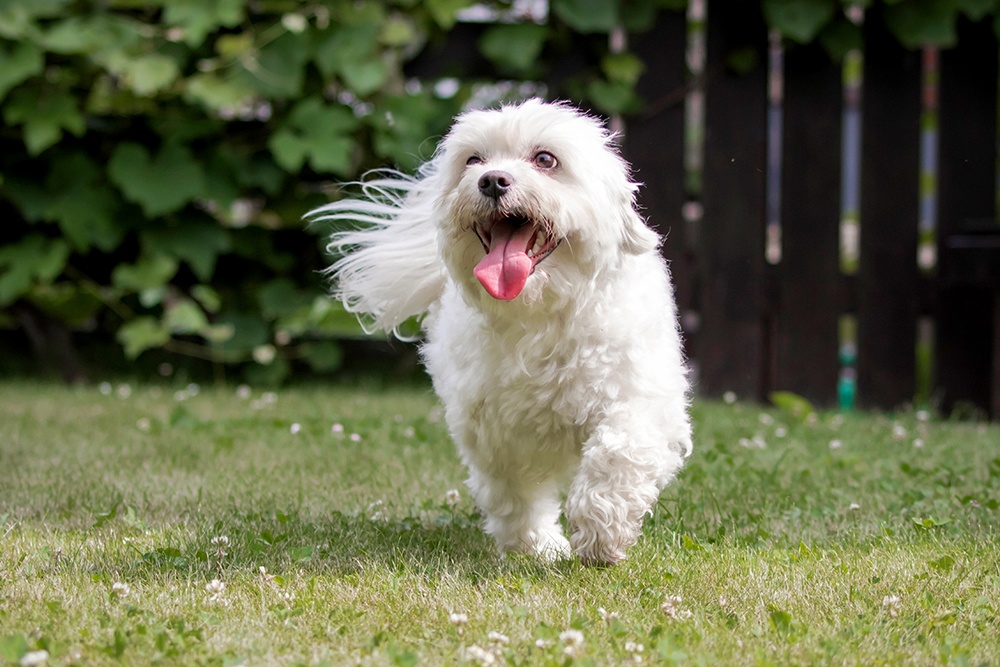
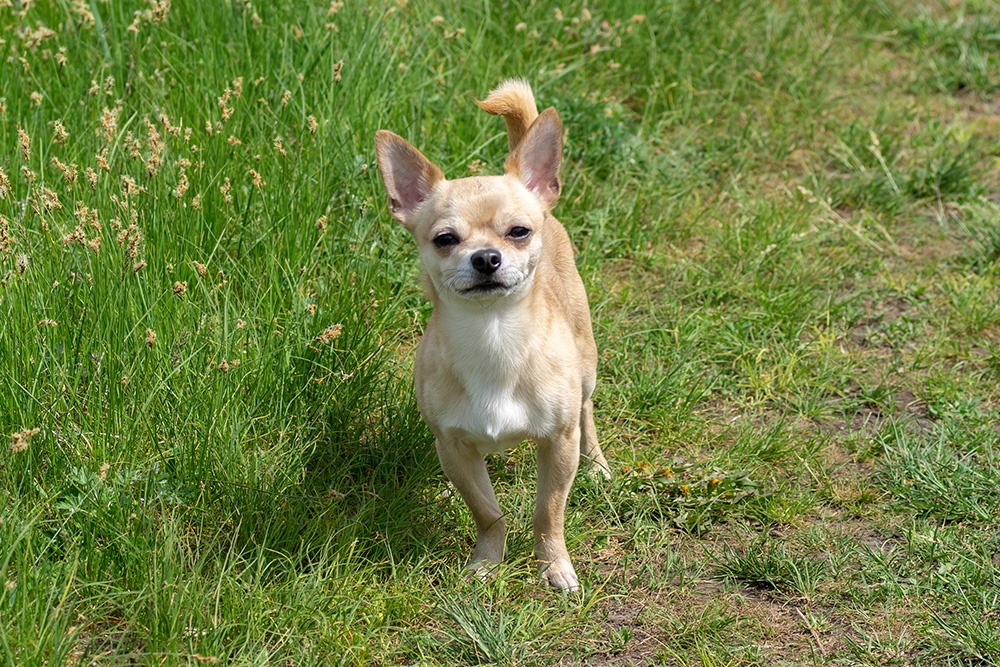 Chihuahuas with Skin Allergies
Chihuahuas with Skin Allergies
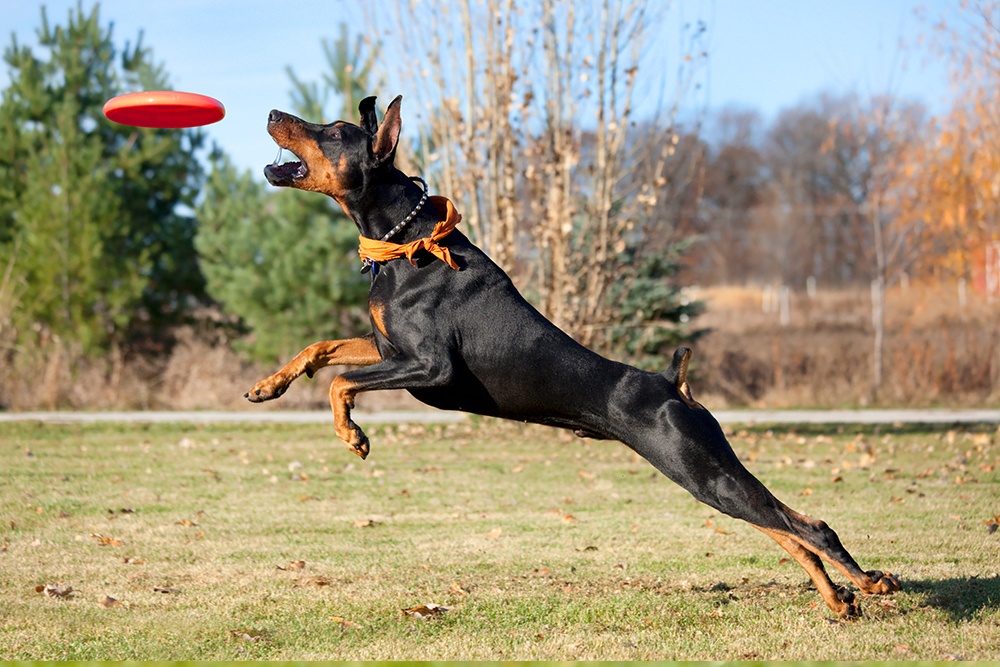 Doberman Pinschers with Skin Allergies
Doberman Pinschers with Skin Allergies
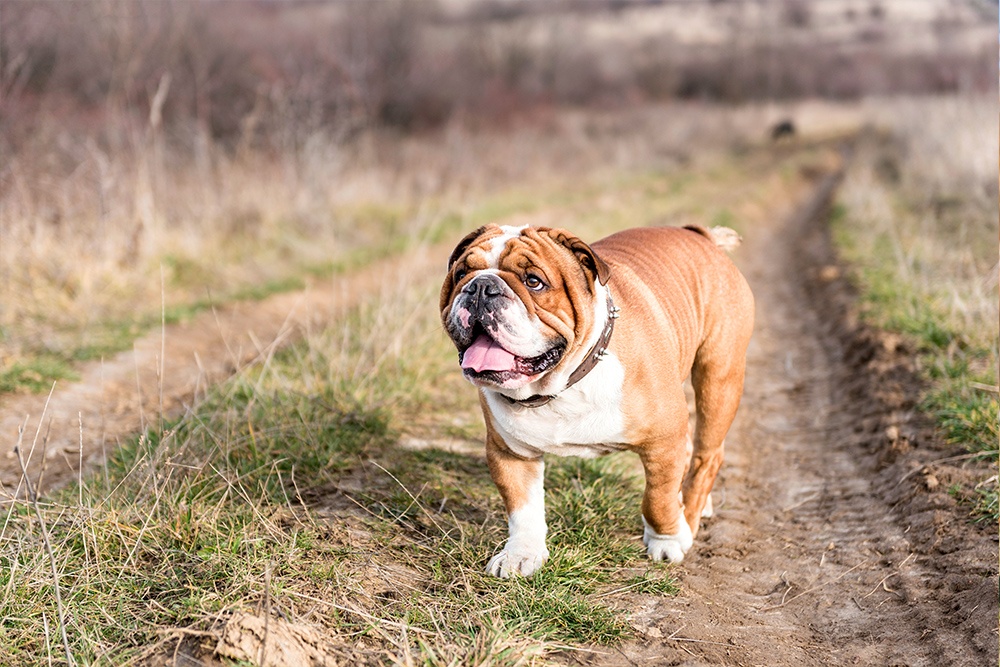 English Bulldogs and Skin Allergies
English Bulldogs and Skin Allergies
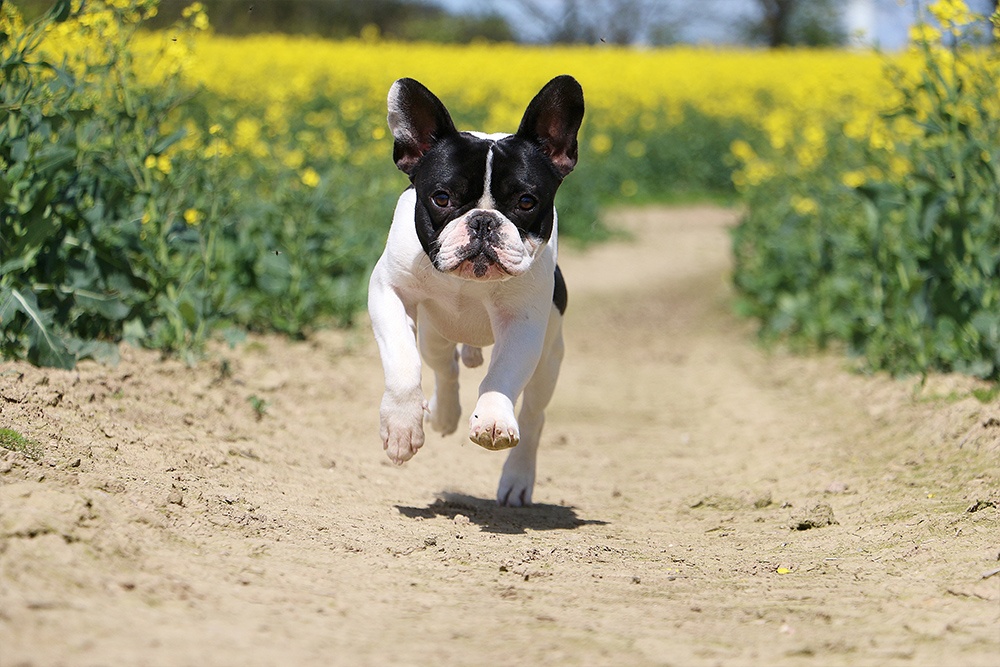 French Bulldogs with Skin Allergies
French Bulldogs with Skin Allergies
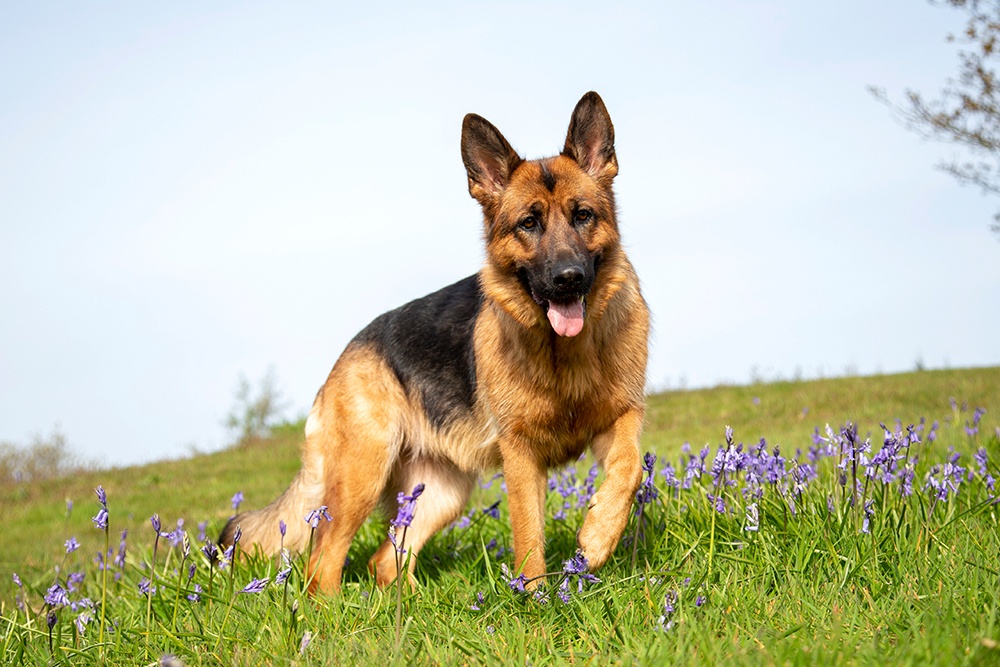 German Shepherds with Skin Allergies
German Shepherds with Skin Allergies
 Golden Retrievers with Skin Allergies
Golden Retrievers with Skin Allergies
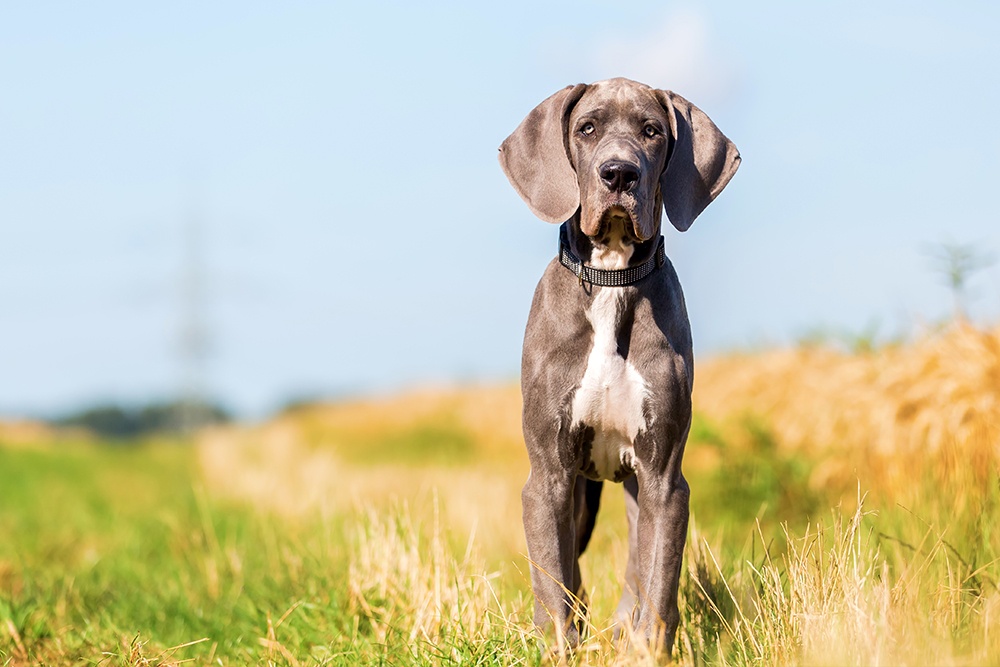 Great Danes with Skin Allergies
Great Danes with Skin Allergies
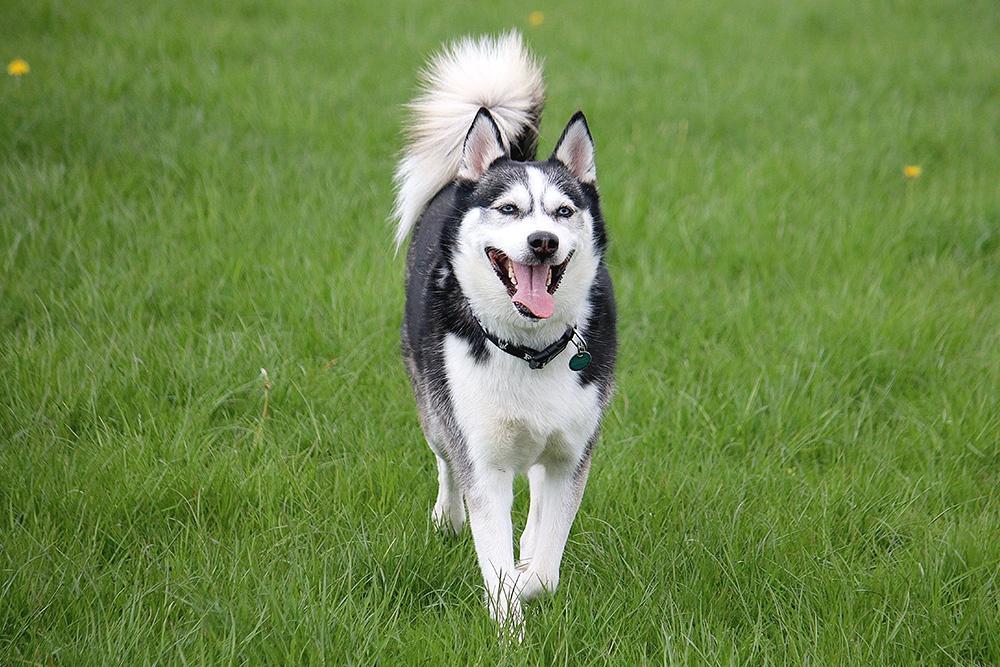 Husky with Skin Allergies
Husky with Skin Allergies
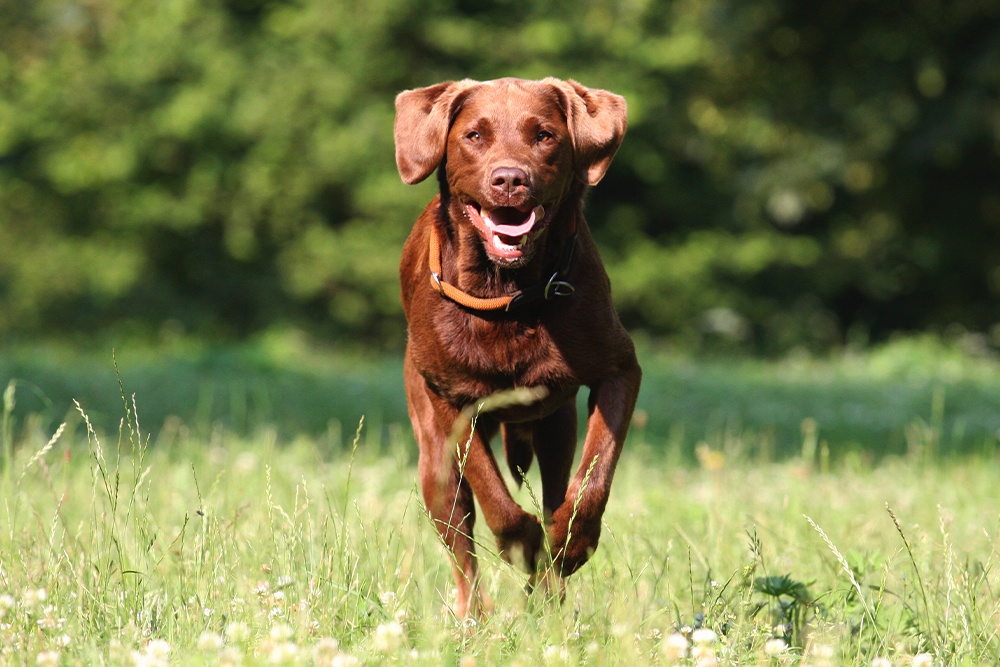 Labrador Retriever with Skin Allergies
Labrador Retriever with Skin Allergies